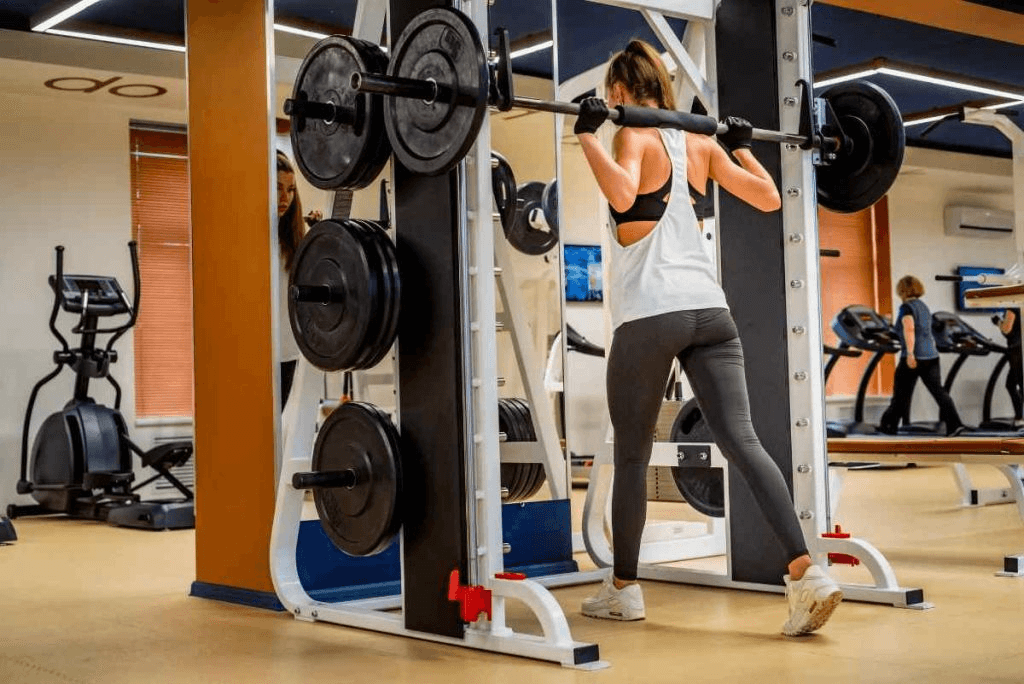For anyone serious about improving lower body strength, endurance, or recovery, using a leg ergometer offers an efficient and accessible solution. Originally popular in rehabilitation settings, these machines are now a staple in physical therapy clinics, fitness centers, and even home gyms — helping people of all fitness levels build resilience from the ground up.
What Is a Leg Ergometer?
A leg ergometer is a device specifically designed to provide controlled, repetitive movement for the legs. It measures the amount of work or power output generated by the muscles, making it an effective tool for tracking fitness progress over time. Unlike traditional cardio machines like treadmills or bikes, a leg ergometer isolates the lower limbs, allowing for focused, low-impact exercise that’s easier on the joints.
Many models are portable and compact, fitting comfortably under desks or at the foot of a chair. This makes them ideal for individuals recovering from injuries, those who need gentle exercise options, or anyone looking to sneak in extra movement throughout a busy day.
The Role of Lower Body Ergometers in Training and Rehabilitation
When it comes to enhancing performance or aiding recovery, a lower body ergometer shines. Athletes often use these machines during off-season conditioning to maintain muscular endurance without the risk of overuse injuries. Similarly, individuals recovering from surgery, stroke, or lower limb injuries use them to regain strength, mobility, and coordination at a manageable pace.
By adjusting resistance settings, users can gradually increase workout intensity, catering to both beginners and seasoned athletes. This progressive approach helps safeguard the muscles, tendons, and joints, reducing the risk of setbacks during rehabilitation or training.
Why Choose a Lower Extremity Ergometer?
A lower extremity ergometer specifically targets the muscles of the thighs, calves, and hips — areas crucial for balance, walking, and overall functional movement. Consistent training on this type of ergometer not only improves muscular endurance but also boosts cardiovascular health.
For older adults, regular use can help prevent falls by strengthening the stabilizing muscles of the lower body. For competitive athletes, it serves as a precision tool to fine-tune leg power and anaerobic capacity. And for the average fitness enthusiast, it offers a convenient, low-impact method to stay active and strengthen the legs without overloading the body.
Key Benefits of Leg Ergometer Training
-
Low-Impact Cardiovascular Conditioning: Strengthen your heart and lungs while minimizing stress on knees, hips, and ankles.
-
Rehabilitation Support: Promote circulation, mobility, and muscle engagement after injury or surgery.
-
Strength and Endurance Building: Improve muscular stamina, enabling better performance in sports, activities of daily living, and recreational pursuits.
-
Customizable Workouts: Easily adjust speed, resistance, and duration to match your fitness level and goals.
-
Compact and Accessible: Perfect for home use, even in small spaces.
How to Get Started
If you're new to using a leg ergometer or lower extremity ergometer, start with short, low-resistance sessions of around 5–10 minutes, gradually increasing time and resistance as your body adapts. Pay attention to posture: keep your back straight, engage your core, and maintain a smooth, steady pace. Always listen to your body, and consult with a healthcare provider if you're incorporating an ergometer into a rehabilitation plan.
In summary: whether you're an athlete looking for supplemental training, someone recovering from injury, or simply aiming to build a stronger foundation, a lower body ergometer can be an invaluable tool. With its combination of safety, convenience, and measurable results, it’s a smart addition to nearly any fitness or recovery program.











































Leave a comment
This site is protected by hCaptcha and the hCaptcha Privacy Policy and Terms of Service apply.